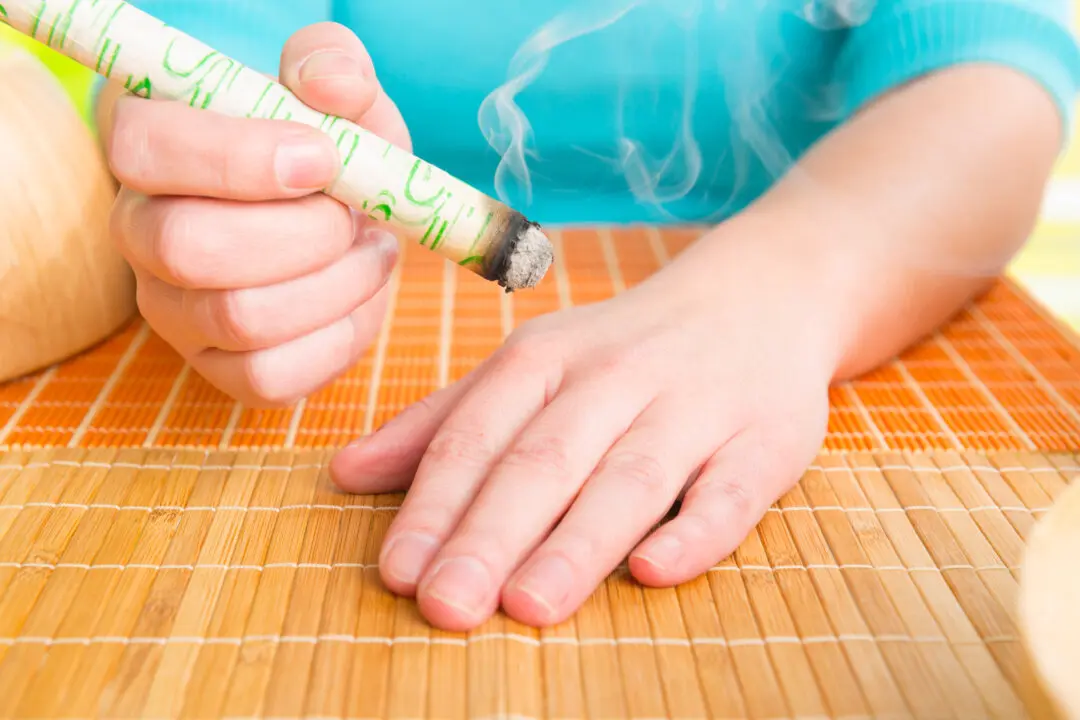For ancient doctors, the guiding principle was balance.
Naturally, a patient who is cold and weak needs warmth and strength. In traditional Chinese medicine, the main remedy for this affliction is called moxibustion or moxa.

For ancient doctors, the guiding principle was balance.
Naturally, a patient who is cold and weak needs warmth and strength. In traditional Chinese medicine, the main remedy for this affliction is called moxibustion or moxa.